- Category
- Culture
Ukrainian Inventions That Changed the World
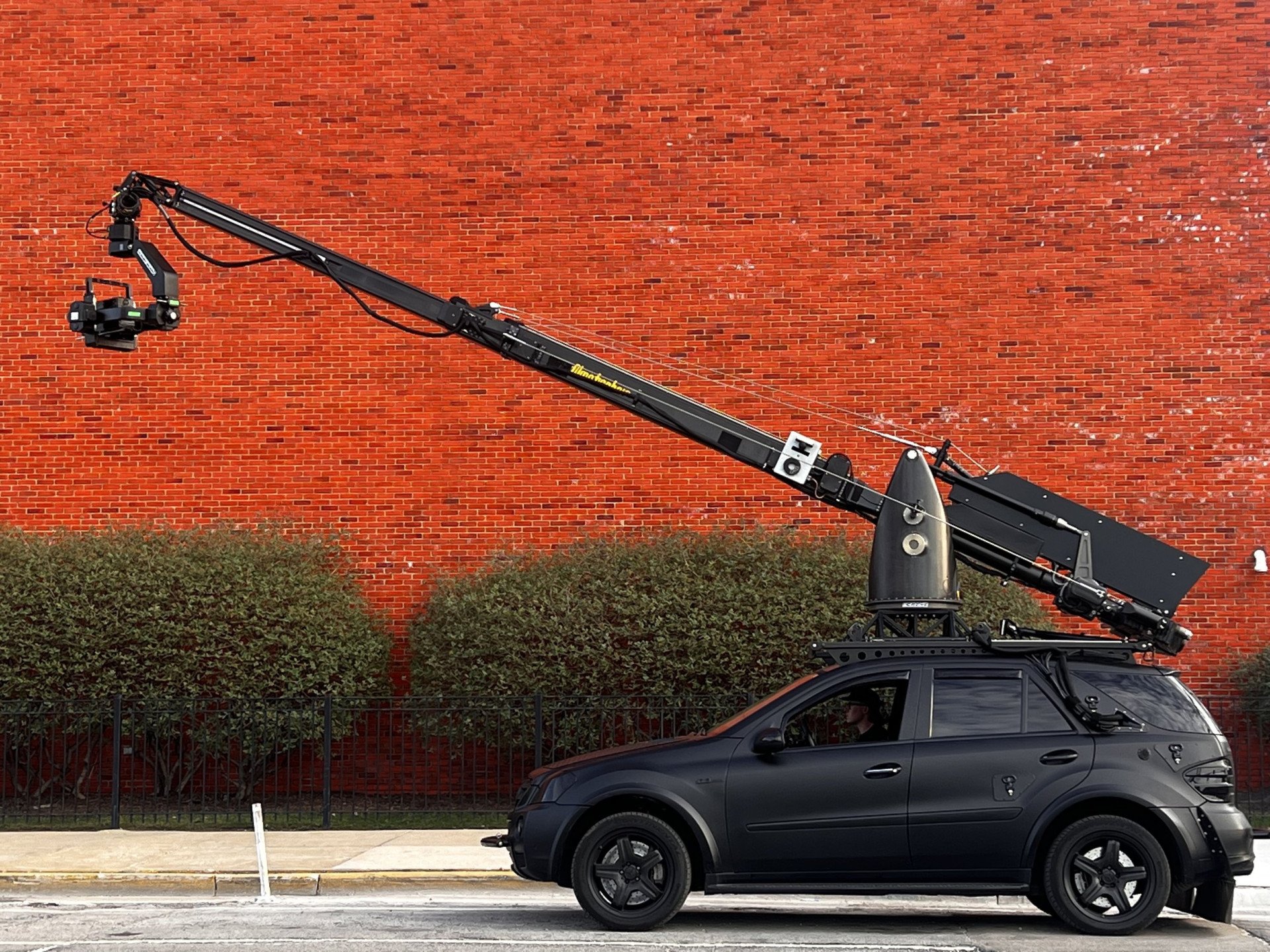
Ukraine is behind some of the world’s most iconic innovations. From the Avtorobot driving Hollywood’s action scenes to Sikorsky’s helicopter, Koroliov’s space breakthroughs, and even the creation of Grammarly, Ukraine’s inventive spirit continues to shape industries globally.
Ukraine is the birthplace of many groundbreaking inventions, some of which you likely use without realizing their origins. Here are just a few that have made a global impact and shaped modern life:
Avtorobot - Anatolii Kokush
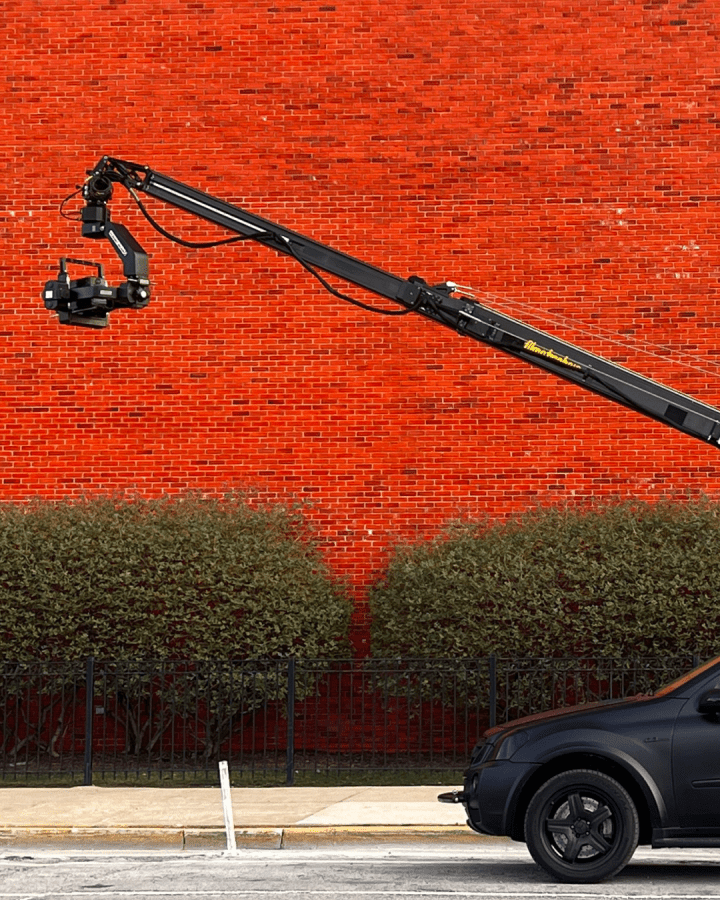
Invented by Ukrainian film engineer Anatolii Kokush, this car-mounted camera crane called the "U-Crane" (formerly known as “Russian Arm”) has revolutionized action scenes. The company that makes it, Filmotechnic, has its headquarters in Kyiv. Kokush himself has received 2 Oscars for the invention which has made possible action scenes in films like Titanic, Transformers, and Iron Man. In fact, the Avtorobot has been used in almost all Hollywood action films, “Whenever there’s a car chase or a cavalry charge or a stampede of giant robots, the director calls for [it]“ says Variety.
CD - Vyacheslav Petrov

Vyacheslav Petrov developed the precursor to the Compact Disc, which was originally intended for supercomputers before becoming a medium for music. The compact disc was a milestone in data storage technology and was the result of a growing need to store large amounts of data. Petrov helped pave the way for data storage and how we interact with digital media today.
Helicopter - Ihor Sikorsky
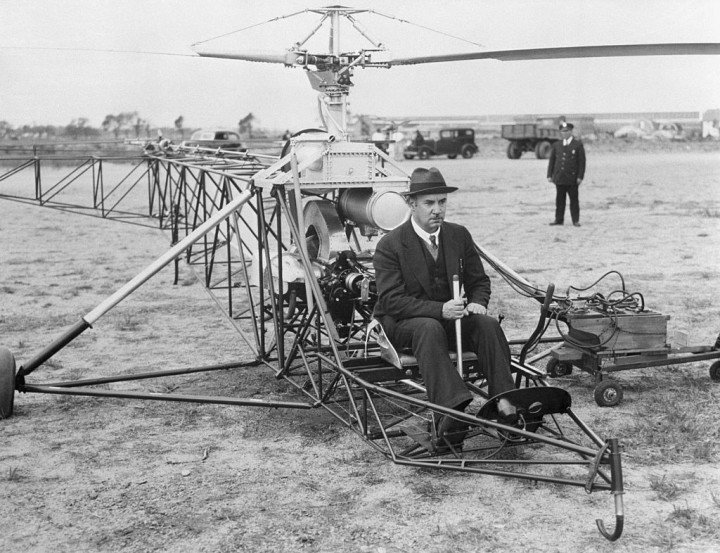
On September 14 1939 Ihor Sikorsky took flight on the first helicopter prototype in Stratford, Connecticut. He had patented his two-propeller flying machine in 1931 creating what we now know as the helicopter. His Sikorsky R-4, introduced in 1942, became the world's first mass-produced helicopter. Sikorski’s early prototypes are now housed at the Henry Ford Museum in Dearborn, Michigan.
Artificial Earth Satellite - Serhii Koroliov

Ukrainian engineer Serhii Koroliov, born in Zhytomyr, Ukraine spearheaded the launch of the first human spaceflight and spacewalk, laying the foundation for modern GPS, weather forecasting, and global communication. For his early research, Koroliov was persecuted during the Communist Party Purges under the Soviet Union. From prison, he helped lead the Soviet Union through the space race. Though still considered an enemy of the state, Koroliov was in charge of the country's largest rocket center. A lover of Ukrainian culture, Koroliov was honored in 1962 when astronaut Pavlo Popovych performed 'I'm Looking at the Sky' in orbit for Koroliov. It became the first song played in space. For his contributions to science, a crater on Mars was named in Koroliov’s honor.
Cinematograph - Joseph Tymchenko
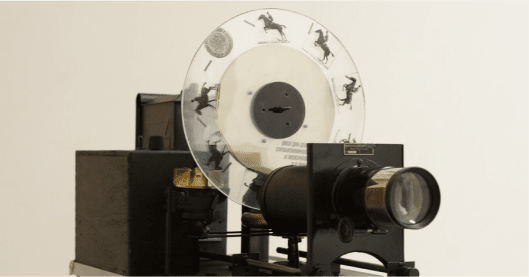
On November 26, 1852, in a small village in Kharkiv Oblast, Joseph (Yosyp) Tymchenko was born into a family of serf peasants. Forty-one years later he would be the first to film and display two films shot by his own invention, the kinescope, in Odesa. The device came two years before the Lumiere brothers who are credited with the invention of the Cinematograph. Timchenko’s invention contributed to modern filmmaking as we know it.
X-Ray - Ivan Puluj
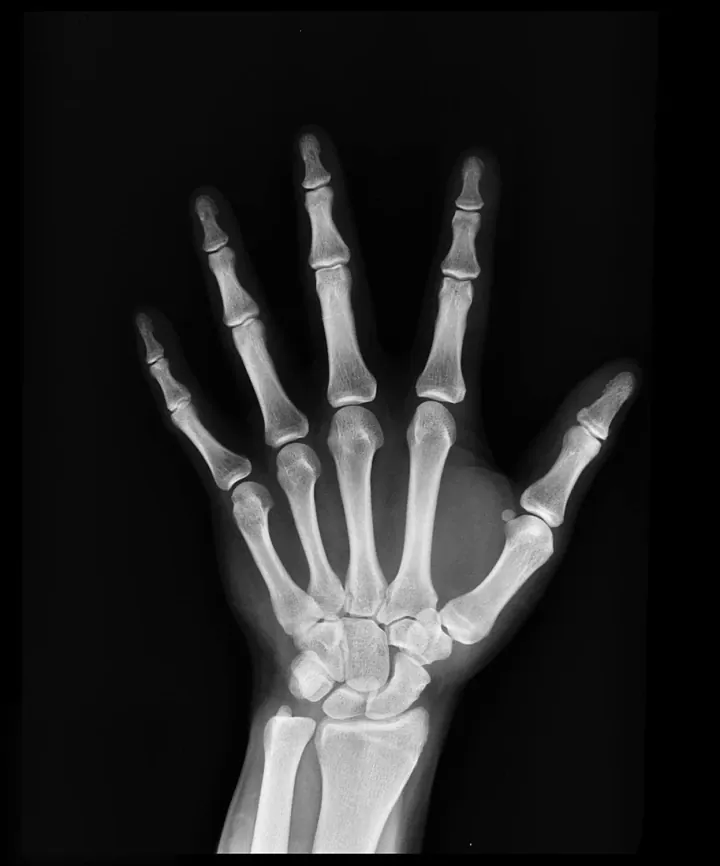
On December 28, 1985, Wilhelm Roentgen announced the discovery of X-Rays. From that moment, thousands of scientists around the world raced to replicate the experiment. Ukrainian physicist Ivan Puluj was asked by Dartmouth University, then one of the leading institutions in the field, to join their physics team and to work alongside together with Frank Austen. Together Puluj and Austin designed the prototype of modern X-ray machines. Puluj was also the first to use X-rays to look inside the human body. From then he published hundreds of photographs mapping the human body.
Autism Research - Hrunya Sukhareva
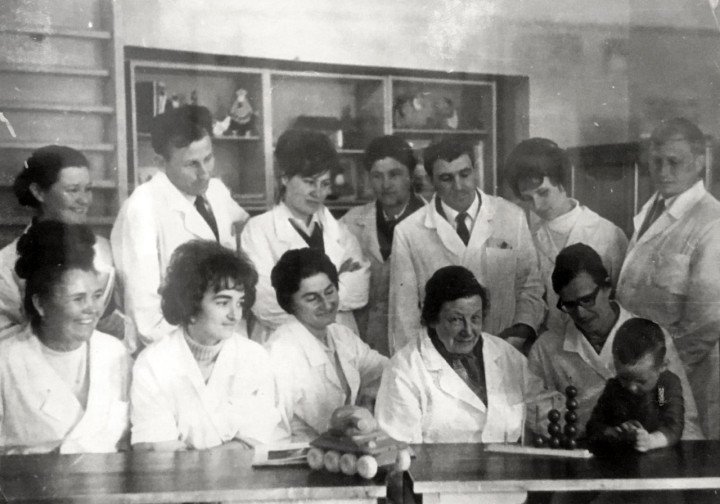
Hrunya Sukhareva, born in Kyiv, was the first to pathologize autism, predating similar research by decades. In 1925, she published a detailed clinical description of autistic traits, making her research groundbreaking, due to the nuanced understanding of the condition. Sukhareva’s descriptions aligned closely with what we now consider core criteria for diagnosing autism, including female case studies, addressing gender diversity in autism, a focus that many subsequent researchers overlooked for years.
Commercial Beekeeping - Petro Prokopovych
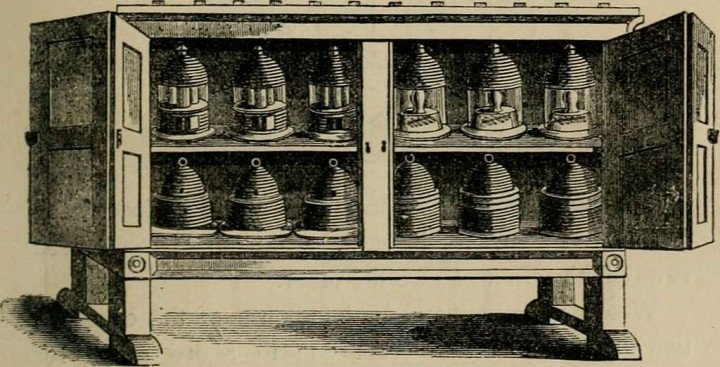
Petro Prokopovych revolutionized beekeeping by inventing the movable frame hive and other key advancements. He studied the methods of German, French, and Hungarian beekeepers, and in 1814, he made a groundbreaking decision: for the first time, frames were used in hives. The frames allowed for the inspection of bee colonies, tracking their development, and, most importantly, harvesting honey without destroying the bees.
Cholera Vaccine - Waldemar Haffkine
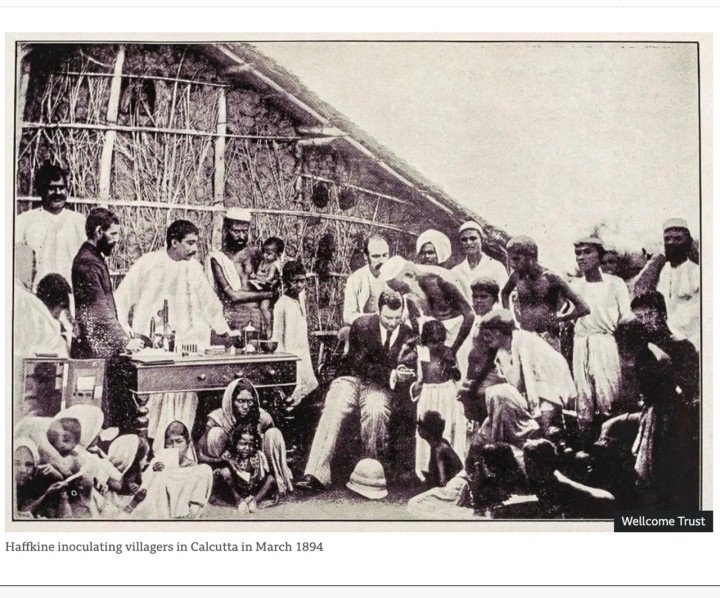
Waldemar Haffkine developed the first vaccines for cholera and plague, saving countless lives and earning the title "White Healer" in India. Before Haffkines, previous trials by other inventors either made patients sick or resulted in death. Haffkine vaccinated himself to showcase to the rest of Europe the vaccine's efficacy. In his honor, a street has been named after Haffkine in his native Odesa.
Arc Welding - Mykola Benardos
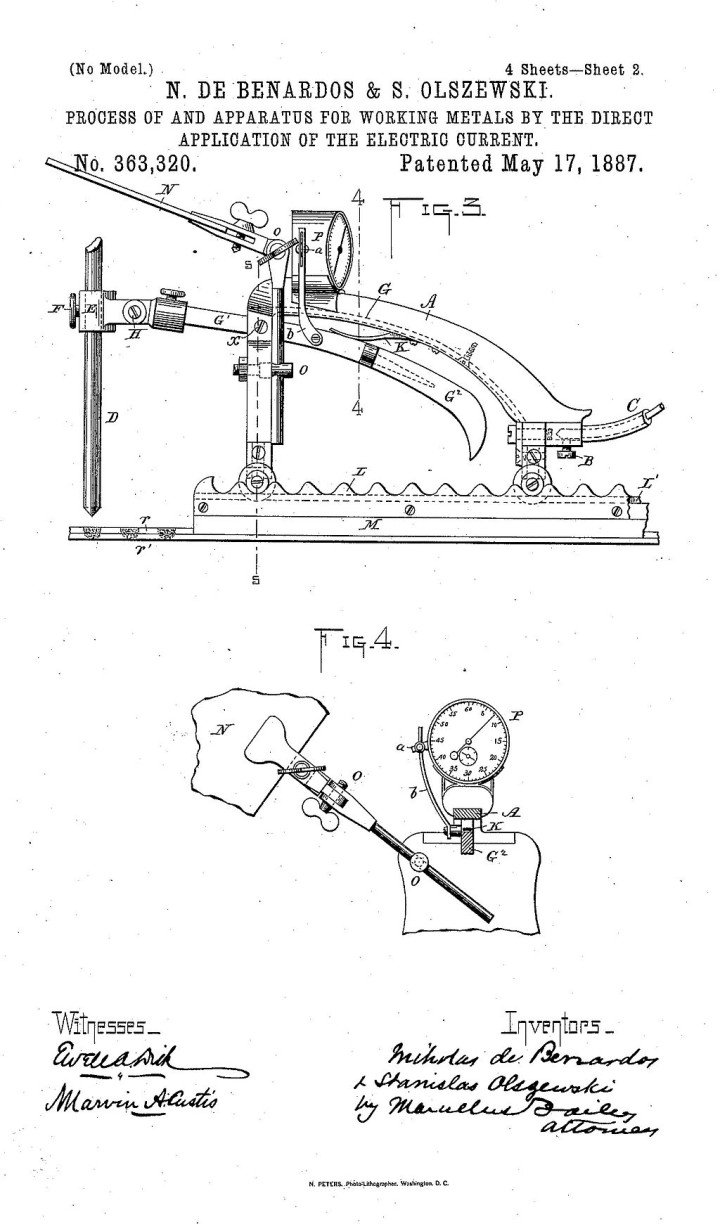
Mykola Benardos, from the Kherson region, invented carbon arc welding—the first practical method for joining metals. His technique, using a non-consumable coal electrode, became known as the “Benardos method”. It was the first widely adopted arc welding technique and remains one of the most common methods today.
Carol of the Bells - Mykola Leontovych
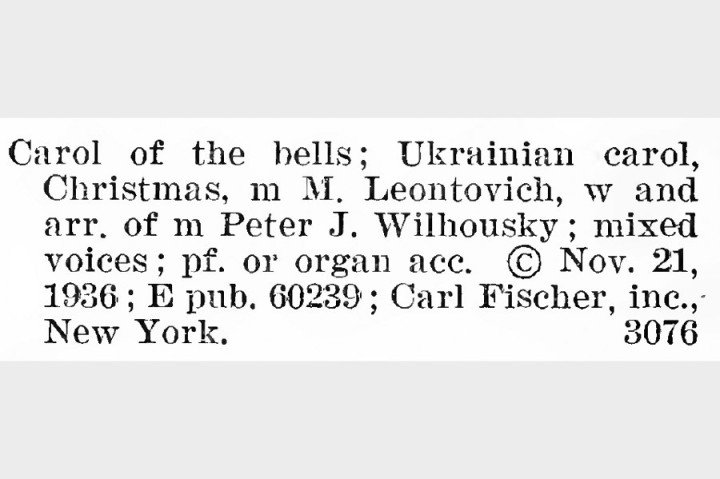
Originally "Shchedryk" by Ukrainian composer Mykola Leontovych, this song became the famous Christmas carol "Carol of the Bells." The original lyrics tell the tale of a swallow flying into a home to announce a prosperous year ahead. The title comes from the word “shchedryi,” symbolizing generosity and abundance—a nod to Ukraine’s rich folk tradition and a promise of a fruitful future.
S.T.A.L.K.E.R. - GSC Game World
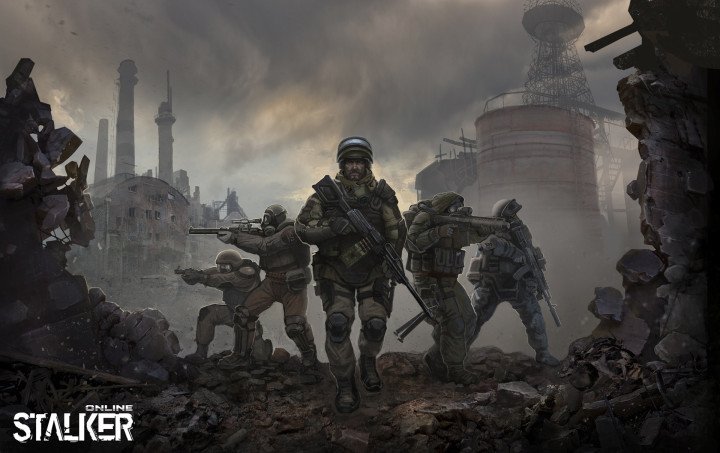
This survival horror video game series, developed by Ukrainian studio GSC Game World, takes place in a fictional version of the Chornobyl Exclusion Zone and has sold over 15 million copies. Developers overcame huge hurdles to create the game, overcoming logistical issues caused by the full-scale invasion, as well as staffing shortages when their employees left to serve in Ukraine’s Armed Forces. STALKER 2 developer, Volodymyr Yezhov, for example, was tragically killed by Russian forces while defending Bahkmut. The creators of the game say they felt a responsibility to their country and their fallen brothers to release the game despite the challenges of the war.
Grammarly

Founded in Ukraine, Grammarly is a cloud-based typing assistant that checks for spelling, grammar, clarity, and style and offers plagiarism detection.
-fca37bf6b0e73483220d55f0816978cf.jpeg)

-554f0711f15a880af68b2550a739eee4.jpg)
-3f32748f66f2315d221d5623d88a1687.jpg)


